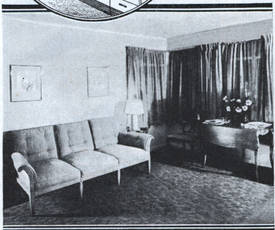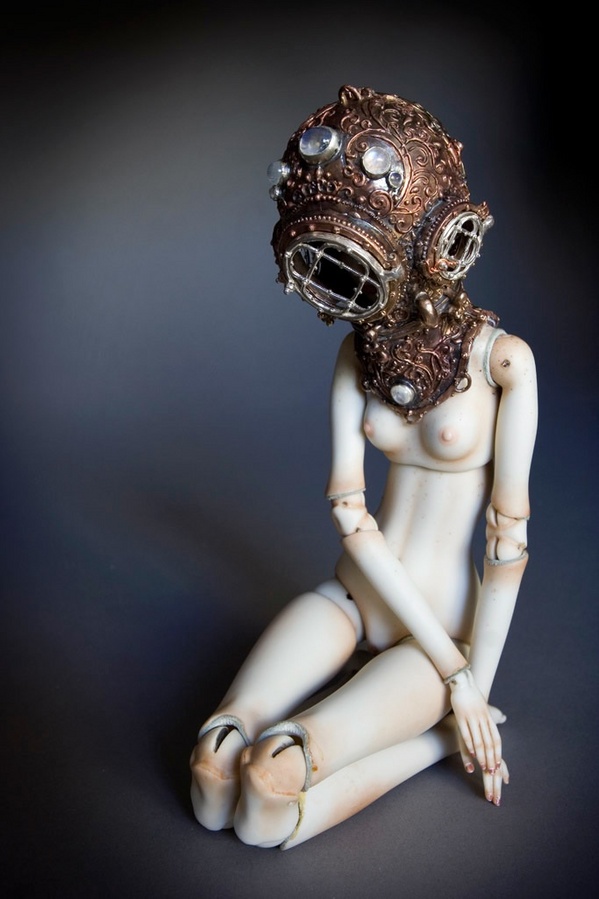What is autism, really?: "

Earlier this month, I ran across two different reports summing up two very different ways legitimate autism researchers are approaching the biological mechanisms behind cognitive difference. Although studies have found genetic correlations, nobody knows the exact cause of autism. And that's led to a couple of interesting approaches.
On the one hand you have Joachim Hallmayer, one of several researchers interviewed for a story in Stanford University magazine, who think that what we call "autism" is actually a number of different, distinct biological differences, something that would account for the wide range of symptoms, severity, and associated disorders. These researchers talk about autism as a series of subgroups—defined by particular genetic and chromosomal abnormalities. One example:
It's long been known that about 5 percent of autistic kids have a chromosomal abnormality that can be seen under a microscope --part of a chromosome is missing, duplicated or in the wrong place. Because these changes affect a large number of genes, the children often have many problems in addition to autism. What wasn't known until recently is that we all have slight imperfections in our chromosomes--small regions of DNA that are duplicated or deleted. When these stretches of DNA contain genes, people can end up with one or three copies of the genes instead of the standard two.
Technological advances have made it possible to detect these 'copy-number variants,' or CNVs. And it turns out they're important in autism and some psychiatric disorders. For example, a region of chromosome 16--containing about 25 genes, some involved in brain function and development--is deleted or duplicated in 1 to 2 percent of people with autism (and some with schizophrenia). Hallmayer and his colleagues scanned the genomes of thousands of people with autism and 2,000 healthy individuals looking for rare CNVs. They found that children with autism had more rare CNVs that overlapped genes, including genes previously implicated in autism. Some CNVs were inherited from a parent, but some arose spontaneously in the child, likely due to a genetic error in the sperm or egg.
Meanwhile, neuroscientists Kamilla and Henry Markram have a different perspective. They think the diverse symptoms of autism all come from a single, common cause—a brain that is hyper-sensitive to stimuli. Their 'One cause for many symptoms' theory isn't as well supported, biologically speaking, as the idea of many causes for many symptoms. Blogger Neuroskeptic explains:
They say that the abnormality lies in local microcircuits. The best known of these are the cortical columns and minicolumns. Neurons in any given microcircuit are connected both with their neighbors, and with more distant cells. A bit like a large company with offices in different cities: people within each office talk to each other, but they also phone and email the other branches.
The theory goes that the autistic brain has too many connections within any given microcircuit. So, when the circuit is activated, it reactivates itself too strongly, and shows a stronger, and longer, excitation. A bit like if the offices were open-plan, so everyone can overhear everyone else, and it all gets very noisy.
So what's the evidence for this? There's circumstantial support. It 'makes sense', if you're willing to accept an analogy between hyperactive local neural circuits and hyper-intense psychological phenomena. We know that a given cortical minicolumn responds to a particular type of stimulus, or aspect of a stimulus; there are minicolumns for horizontal lines, for lines at 10 degrees to the horizontal, and so on. People with autism are often fixated on little details. It's a leap, but not an impossible one, to see these as related. But the only really direct biological evidence is from rats.
Technically, these two perspectives aren't mutually exclusive. It could be that there are lots of different ways that a brain can end up being hyper-sensitive. And, of course, the Markrams could just be wrong. But I think it's interesting to see what scientists are learning about the origins of autism—what we do know, and what we don't. So often, we spend more time debunking the fraud and false hope than we spend talking about the real research. There is much more out there than this post could hope to address, but these two articles should give you an idea of the diversity of studies that are going on, the evidence that exists, and how scientists are trying to make sense of it all.
Smithsonian Magazine: Breaking Through
Neuroskeptic: A Grand Unified Theory of Autism?





"


 Incredible porcelain doll maker
Incredible porcelain doll maker 




